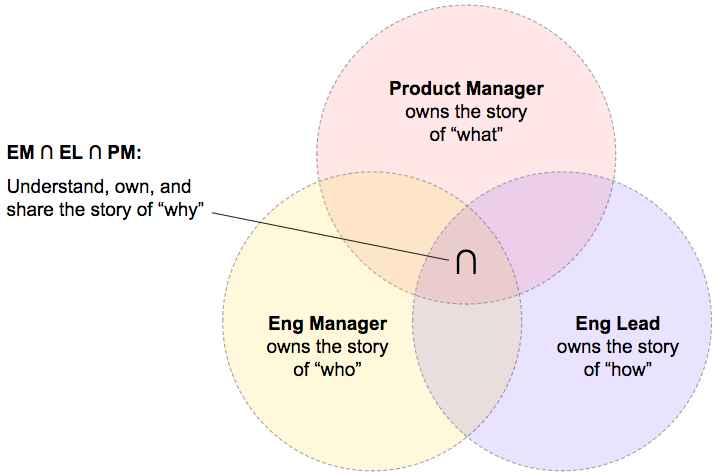💡 How Asana and Slack’s meeting purges have paid off (and more)
How Asana and Slack’s meeting purges have paid off
The importance of async work and cutting down on meetings to allow for more Deep Work time won’t be new to regular readers of the blog. And yet I can’t resist sharing yet another article about it… How Asana and Slack’s meeting purges have paid off has the usual methods and recommendations in it (although “Meeting Rest” is a new one to me—read the article for details).
Instead what I want to focus on here is a few pull quotes about the results companies report once they were able to successful reduce their meetings. Here’s Asana:
A few months later meeting lengths had shrunk. Most 30-minute meetings were converted to 15 minutes, some weekly meetings were moved to every other week or month, and others were deleted entirely. That meant each person was saving an average of 11 hours per month, totaling about 3.5 workweeks per year.
And:
The 60 participants saved 265 hours per month in total when reducing unproductive recurring meetings. In the aftermath of our meeting reset, employees are much more strategic and thoughtful about removing items from meeting agendas that can be effectively handled asynchronously.
From Remote:
By cutting down on meetings, we’re not just saving time. We’re also empowering our teams to work on their own schedules. This gives our employees a sense of autonomy and keeps them motivated, fostering a culture of productivity and efficiency.
And finally, Typeform:
We sent another engagement form to the team to see how they were feeling after we made these changes. The ‘ways of working’ score went up more than 10 points. Trimming our meeting time has helped our employees and our customers, which is really satisfying.
It’s worth the effort, friends. Re-evaluate the need for all those meetings. Embrace async. It leads to happier employees and more effective communication in permanent places that can be referenced in the future. And, importantly, it leads to higher quality products because no one has to rush through “actual work” after all their meetings are finally done for the day.
Evolving our organization: introducing Engineering Managers and Engineering Leads
I’ve been digging into different ways to structure engineering teams a bit, and I like this take on the different roles of Engineering Managers and Engineering Leads:
It became obvious that in most cases it’s too much for one person to manage people (growth, performance and motivation), along with driving technical execution. At the same time, in most teams, we had one or more senior developers on whom Tech Lead could rely and delegate architecture decisions, quality, mentorship, etc… We decided to give these engineers roles to make them recognized in the company for their impact, also to improve communication channels, and to help team and product leads. We introduced the role of Engineering Lead to have a major influence on how we build products. Additionally, we replaced the Tech Lead role with the Engineering Manager role, which gave more focus on people and team management (“who”).
It also reminded me of Lara Hogan’s excellent post on how Engineering Managers and Engineering Leads work with Product:

What if everybody did everything right?
Here’s Lorin Hochstein with another great post about the practice of learning from software incidents. He asks, What if everybody did everything right?
An alternative lens for making sense of an incident is to ask the question “how did this incident happen, assuming that everybody did everything right?” In other words, assume that everybody whose actions contributed to the incident made the best possible decision based on the information they had, and the constraints and incentives that were imposed upon them.
The Lure of Divorce
I know there was a different The Cut essay that got more attention recently, but The Lure of Divorce is the one I actually read all the way through. A heartbreaking and beautiful story, so well written.
I didn’t read any of the internet commentary on it, but apparently it wasn’t great (shocking!). John Warner’s take on it resonates with me:
I have some things to say about the disturbing tendency of some readers to respond to attempts at interesting and true expression by leading with their moral as opposed to their aesthetic judgement.